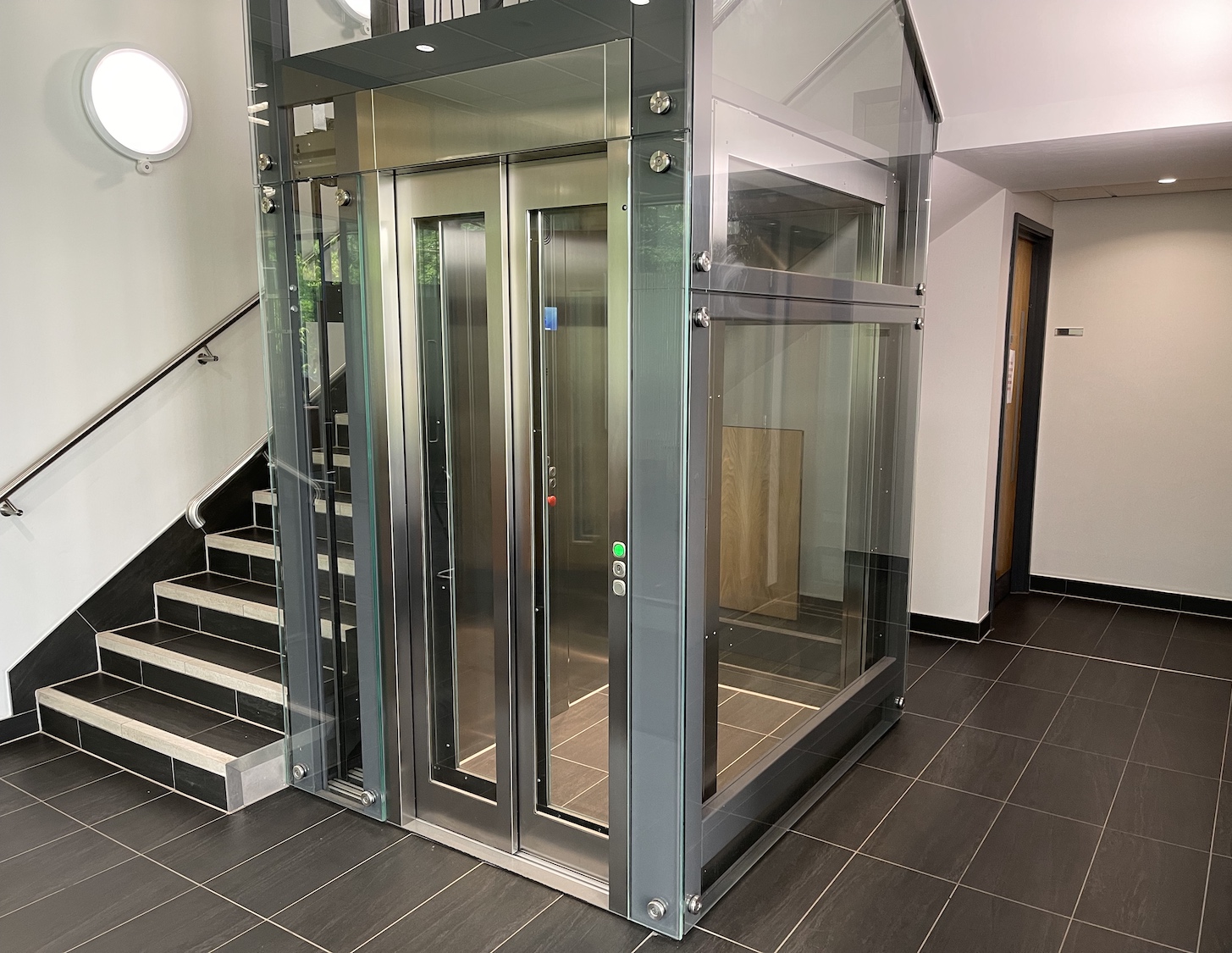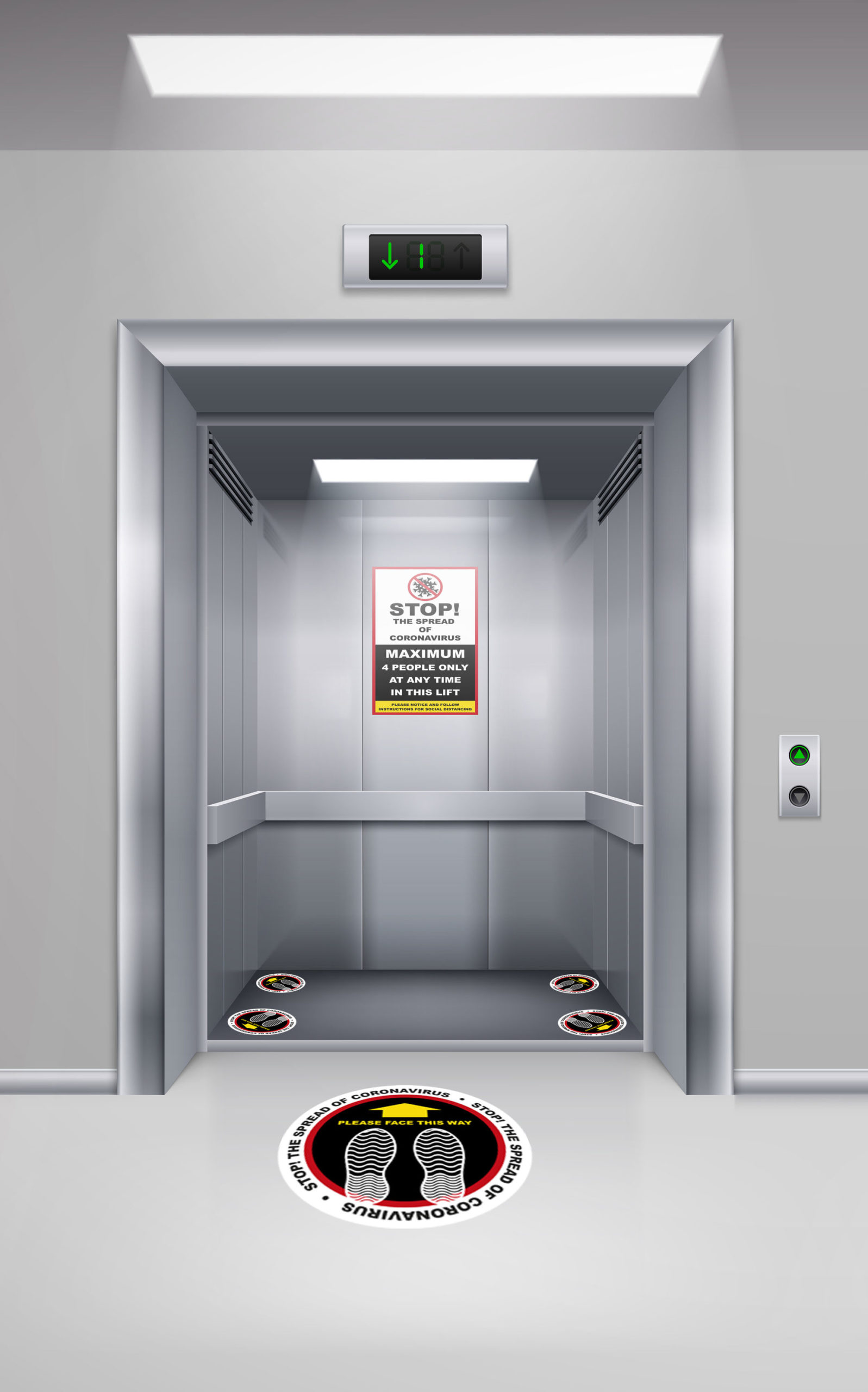London Lift Company: Giving Comprehensive Lift Solutions Throughout the Funding
London Lift Company: Giving Comprehensive Lift Solutions Throughout the Funding
Blog Article
Digging Into the Globe of Lifts: Common Concerns Dealt With by Various Lift Systems
As we navigate via the vertical transport systems of modern-day buildings, elevators stand apart as a vital component of our day-to-day lives. Nevertheless, behind their seamless procedure exists a world of detailed mechanisms that can sometimes come across obstacles. From hydraulic lifts to traction systems and machine-room-less layouts, each lift type features its set of typical issues. Comprehending these challenges is vital for guaranteeing the smooth performance of these important systems. Allow's check out the intricacies that underlie the operation of lifts and the possible problems that can arise, clarifying the elaborate internet of lift systems.
Hydraulic Lifts
Hydraulic lifts, often preferred for low-rise buildings, make use of fluid pressure to manage the activity of the lift automobile (lift repair companies). This device entails a hydraulic pump pushing oil into a cylinder, causing the elevator to relocate in the wanted instructions. While hydraulic elevators are known for their quiet and smooth procedure, they do feature their very own collection of typical concerns
One widespread problem with hydraulic lifts is oil leak. The seals in the hydraulic system can wear gradually, causing oil seepage. If left unaddressed, this not just creates a mess yet can also affect the lift's efficiency. In addition, concerns with the control system, such as faulty valves or a malfunctioning pump, can create disturbances in the elevator's movement.
Regular maintenance and punctual repair services are important to make sure the smooth functioning of hydraulic elevators. By attending to these typical issues proactively, building proprietors can lessen downtime and make sure the security and efficiency of their upright transport system.
Traction Elevators
When taking into consideration upright transportation systems in structures, one more common kind besides hydraulic lifts is the grip elevator. Grip elevators operate utilizing a system of ropes and counterweights that relocate the elevator vehicle by clutching onto the hoist ropes. This mechanism permits for smoother and quicker vertical transport compared to hydraulic systems.
Among the typical concerns encountered by traction lifts is rope wear. The constant activity of the ropes within the traction system can bring about tear and wear over time, potentially triggering the elevator to malfunction or end up being harmful for use. Routine evaluations and maintenance of the ropes are necessary to make sure the elevator's correct functioning and safety and security.
An additional issue that grip lifts may come across is related to the control system. Issues with the control system can result in problems such as irregular movement, delays in response times, or perhaps total shutdowns. Normal testing and maintenance of the control system are critical to avoid such problems and make sure the lift's integrity.
Machine-Room-Less (MRL) Lifts

One of the vital components of MRL lifts is the portable gearless grip maker that is installed within the hoistway. This maker efficiently drives the lift vehicle without the demand for bulky devices located in traditional traction elevators. Additionally, MRL elevators generally utilize a weight system to balance the car, additional enhancing their energy effectiveness.
Regardless of their advantages, MRL elevators might encounter challenges connected to repair and maintenance because of the constrained room for equipment installment. Ease of access for servicing parts within the shaft can be restricted, requiring specialized training for specialists. Appropriate upkeep timetables and routine examinations are essential to make sure the ongoing smooth procedure of MRL lifts.
Overloading and Weight Limit Issues
Are elevators equipped to manage excess weight lots successfully and safely? Overwhelming and weight restriction concerns are essential problems in lift operations. Elevator producers style raises with details weight abilities to ensure guest safety and tools longevity. Exceeding these weight limits can result in various problems, including mechanical failures, hold-ups, and security dangers.
When elevators a fantastic read are overloaded, it places extreme stress on the motor, wires, and various other elements, potentially causing breakdowns or failures. If they identify excess weight, security mechanisms such as sensing units and overload sensors are in place to protect against elevators from relocating. Furthermore, exceeding weight restrictions can result in raised energy intake and damage on the elevator system.
To minimize overwhelming concerns, developing supervisors ought to plainly present weight limitations in lifts and inform occupants on the value of adhering to these limitations - lift repair companies. Normal maintenance checks by qualified specialists can additionally help make sure that elevators are operating within secure weight parameters. By attending to overloading and weight limitation problems proactively, structure owners can enhance elevator safety and security and performance
Electric System Failings
Exceeding weight limitations in lifts can not only result in mechanical concerns but likewise possibly contribute to electrical system failures within the lift framework. Electric system failures are an important concern in elevator operation, as they can trigger unanticipated closures, malfunctions, or even security threats. One usual electrical issue is the getting too hot of parts as a result of excessive current flow brought on by straining the lift beyond its ability. This can lead to damage to the electrical wiring, control, or electric motor systems, resulting in costly repair work and downtime.
Routine maintenance and assessments are important to identify and address potential electrical issues without delay, making certain the safe and reliable procedure of elevator systems. By sticking to weight restrictions and conducting regular electrical system checks, structure owners can minimize the risk of electric failings in elevators.
Verdict

Hydraulic elevators, often favored for low-rise buildings, make use of fluid pressure to regulate the motion of the lift automobile.When considering disabled platform lifts prices uk upright transportation systems in buildings, one more common type apart from hydraulic elevators is the grip elevator. Grip elevators run utilizing a system of ropes and weights that move the lift vehicle by clutching onto the hoist ropes. Unlike traditional lifts that require a separate equipment room to house the devices, MRL elevators incorporate most of the elements within the shaft, removing the demand for a devoted equipment area.In final thought, lifts encounter common problems such as hydraulic breakdowns, traction system failures, and electrical system troubles.
Report this page